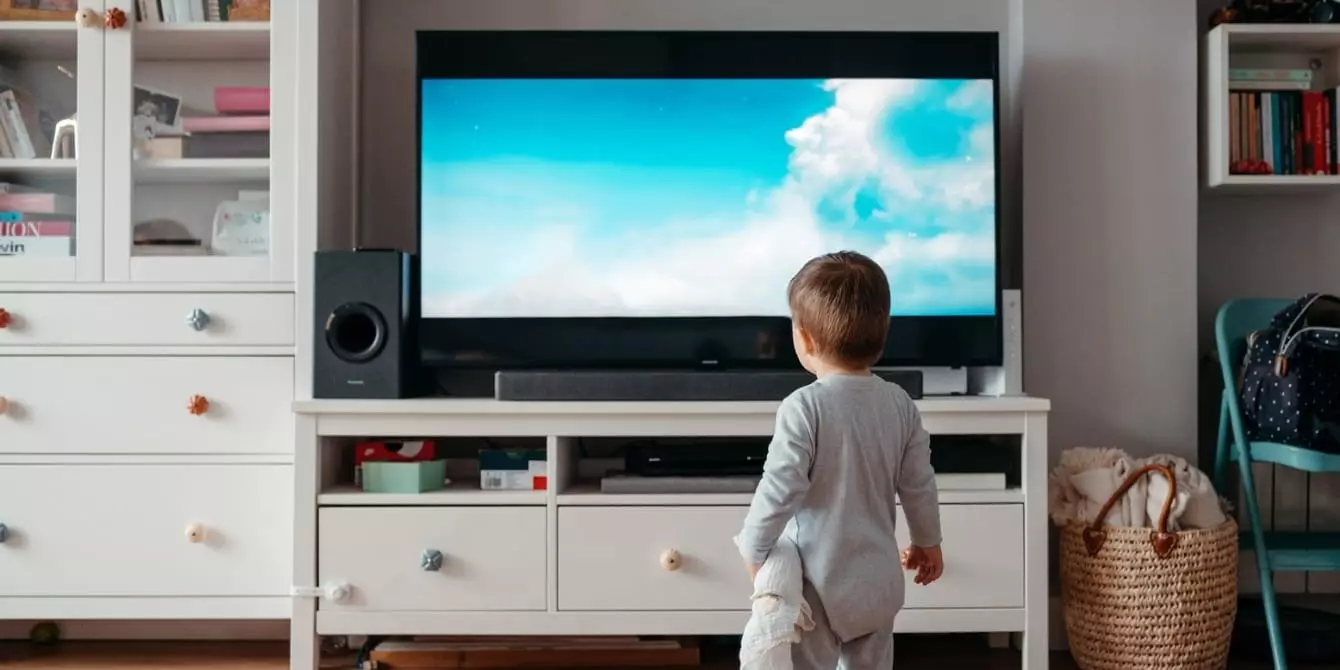In an age where screens govern daily life, the challenge of parenthood comes with an increasingly complex decision: how to manage technology’s omnipresence for our children. As someone deeply entrenched in the digital world—thanks to a fulfilling career nurtured by the vast resources of the Internet—I still grapple with the implications of exposing my three children to the very devices that have connected me to an audience. The potential for detrimental effects on their development looms large, prompting a cautious approach toward technology and its role in their formative years.
By actively choosing to keep tablets, smartphones, and even the family television at bay, my partner and I have committed to allowing our children a childhood characterized more by imagination, exploration, and authentic interaction than by blue screens and endless scrolls. This deliberate decision stems from a desire to maintain the innocence of childhood—days infused with spontaneous outdoor play, creative pursuits, and simple yet enriching activities. As harsh as this may sound in a technology-reliant world, I genuinely believe that shielding our kids from screens fosters more meaningful growth and development.
Unpacking Screen-Free Fun: The Forgotten Art of Imagination
Children, particularly the youngest ones, possess an extraordinary ability to find joy and wonder in the simplest of things. By depriving them of access to devices that deliver insatiable excitement, we allow their minds the opportunity to wander, explore, and create. By focusing on tactile experiences—like handling colorful blocks or assisting with household chores—children engage not just their senses but also their problem-solving skills and emotional intelligence.
One practical tip I advise parents is to become cognizant of the stimuli around children. When devices are removed from the equation, something as mundane as a cardboard box or a treasure trove of pots and pans can ignite their imagination. The key is to present options that lend themselves to open-ended play, fostering creativity and curiosity rather than reactionary consumption. When we draw our children’s attention towards the untapped potential of their environment, they develop resilience in learning how to entertain themselves, rather than relying on technology as an immediate solution for boredom.
The Nurturing Power of Nature
Nature offers a calming backdrop for young minds, and I cannot stress enough the importance of outdoor time in every child’s daily routine. Many cultures, particularly in Scandinavian countries, embrace this notion where outdoor napping is common for infants, allowing them to experience natural sounds and sights that can soothe and foster better sleep patterns. The great outdoors not only rejuvenates active spirits but also distracts them from the magnetic pull screens usually have.
The tranquility found in nature contrasts starkly with the sensory overload of screens. A simple neighborhood walk, a romp in the park, or a quiet afternoon at the beach can transform a fussy child into a serene explorer, completely absorbed in their surroundings. By making time outdoors a non-negotiable part of daily life, children are not just given a respite from the digital world; they’re also subtler lessons in patience, observation, and the pure joy of being present in the moment.
Building a Routine: The Secret to Smooth Transitions
Establishing a predictable routine can be a soothing blanket that wraps around both parents and children, all while reducing the likelihood of meltdowns often sparked by screen time dependencies. A structured day filled with designated nap, play, and meal times empowers children with understanding and expectations, offering clarity in their daily activities.
Moreover, routines stem the anxieties that come with “down time”—those interludes when screens become a tempting refuge for tired parents and bored kids alike. Instead, when young ones consistently know that playtime follows snack time and fresh air comes after a story, the allure of instant gratification through screens diminishes, leaving space for enriching interactions.
Trusting the Process: Smart Beginnings for Bright Futures
The age-old adage, “Begin as you mean to go on,” echoes loudly in the realm of parenting. Children absorb the patterns, habits, and dynamics present in their early days. Our choices today will shape their perspectives and interactions with technology tomorrow. This doesn’t imply that it’s too late for parents who’ve introduced screens; rather, it’s an invitation to reset expectations and create an environment where children may thrive without reliance on technology.
What we cultivate in our homes—self-regulation, creativity, resilience—will ripple into their future engagements with the digital world. As parents, we have the unique privilege of fostering environments rich with imagination and interaction that will serve our children well beyond the confines of childhood.

